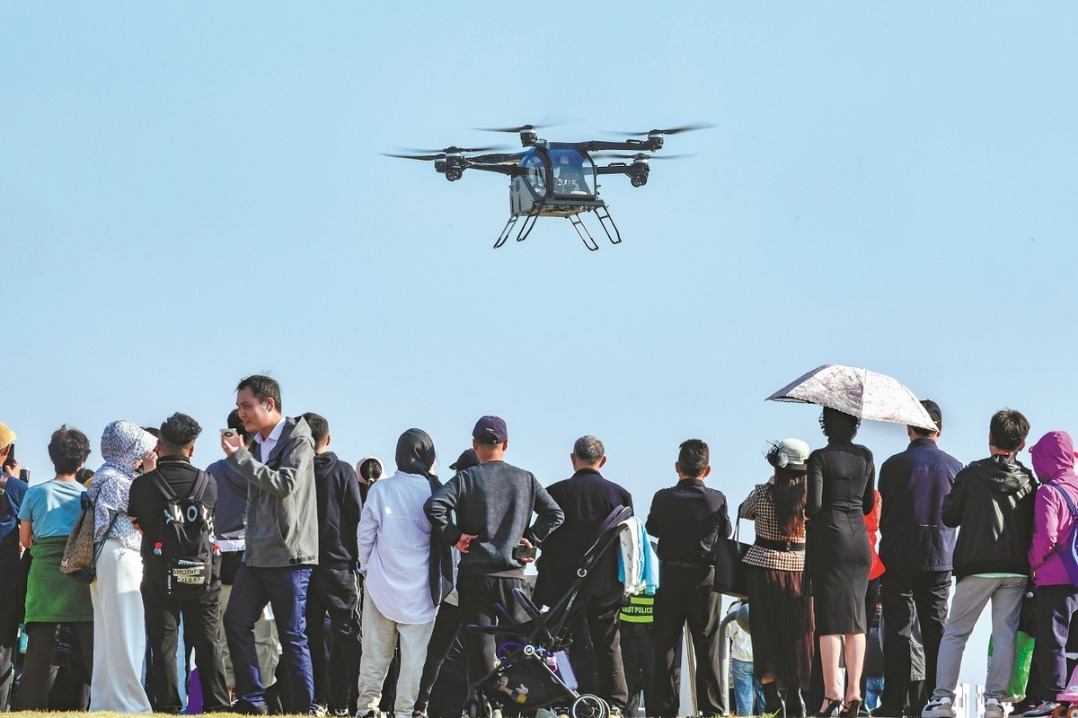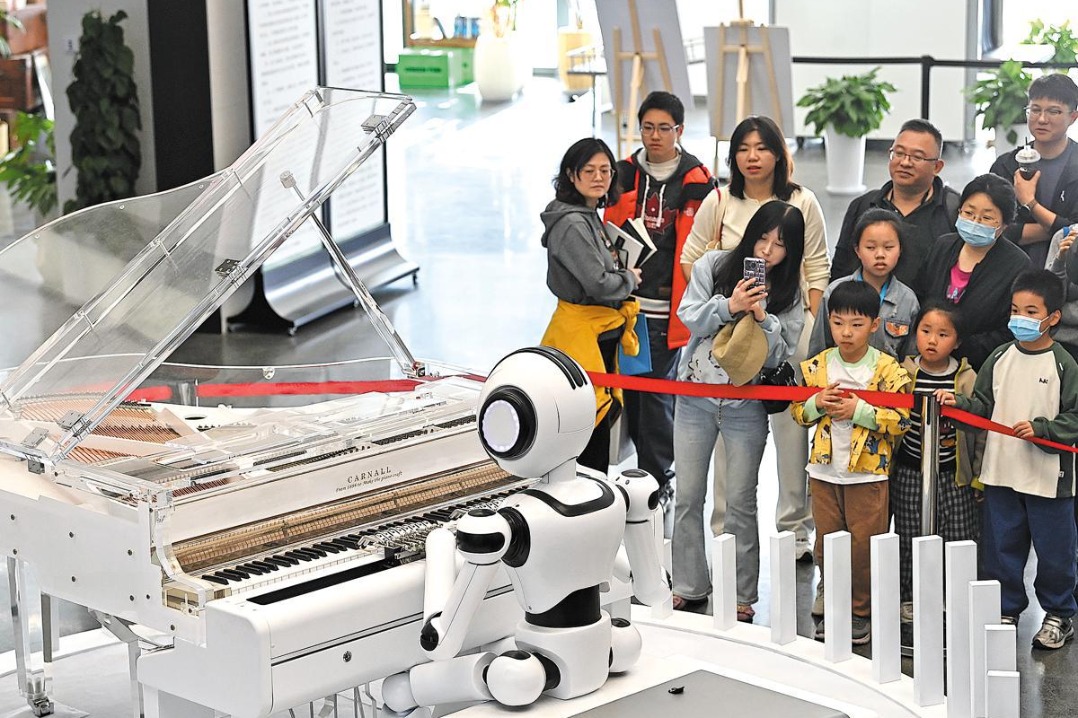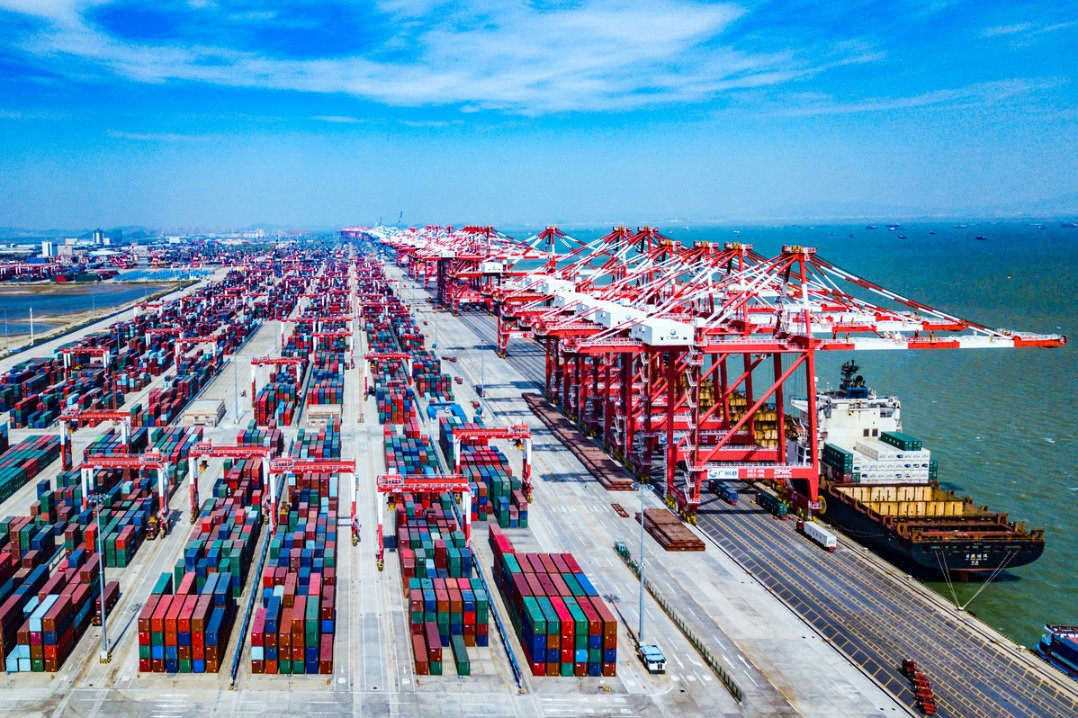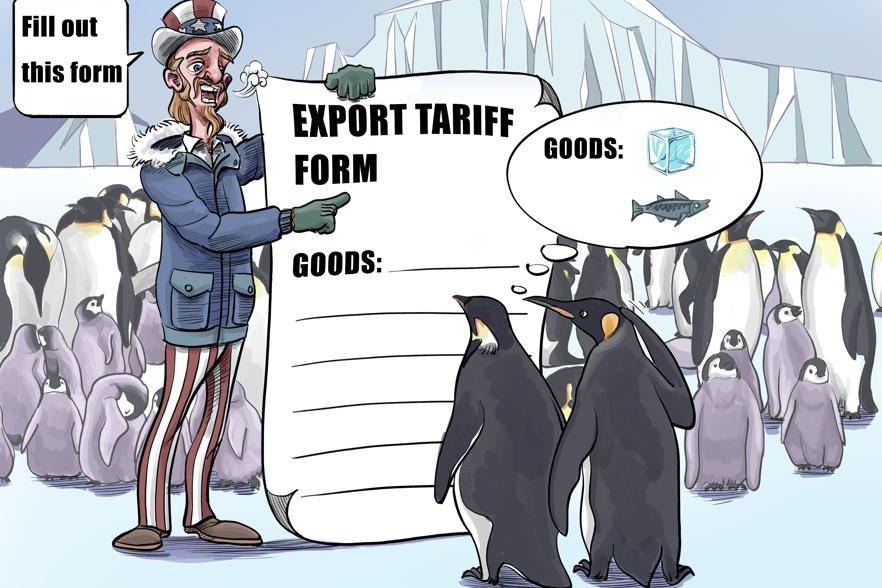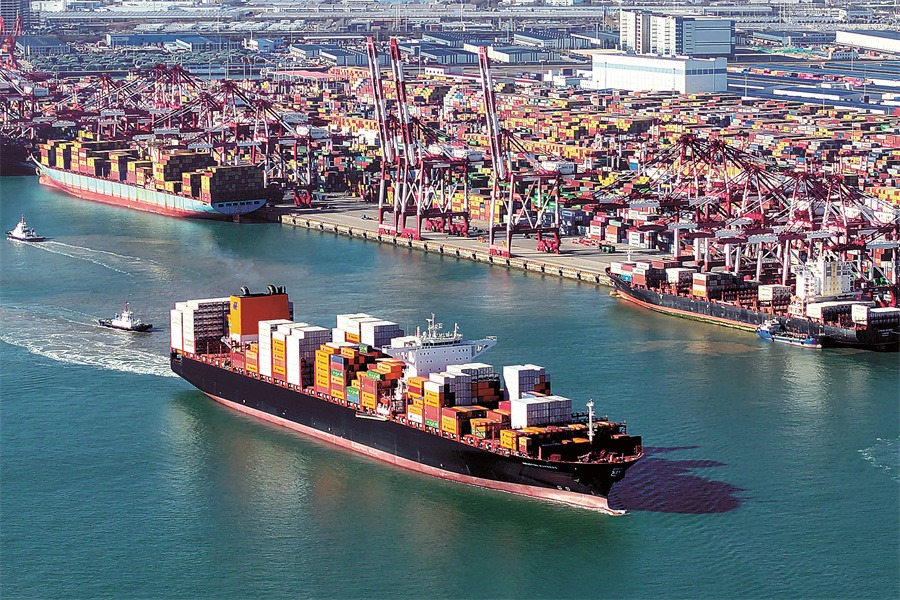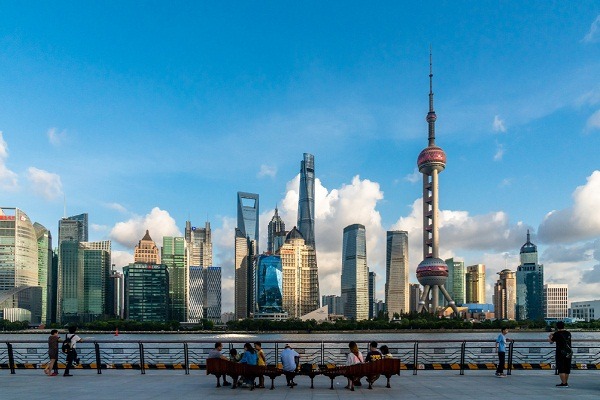Changes are opportunities for the well-prepared


Since 2012, China has been promoting comprehensive and in-depth reform, maintaining economic stability with macroeconomic policies, eliminating risks with systematic reforms, adjusting its economic structure and promoting innovative development. This reform process has been shaped by a top-level design and it is the process of constantly forming a new development pattern.
Whether it is the country's neighborhood diplomacy, multilateral diplomacy, or the development model of internal and external dual circulation or the emphasis on cultivating endogenous motivation and independent innovation, they all show the Chinese decision-makers have foreseen the risks and uncertainties that might arise in the external growth environment.
After the United States launched a trade war against China in 2018 and began to try and "choke" China in key areas, China began to prepare for enforced "decoupling" from the US and, unlike most countries, actively address the risks of potential deglobalization.
Although changes in the external environment have brought difficulties, the Chinese economy still retains multiple strengths, strong resilience, and immense potential. As external shocks exert more pressure on the smooth operation of the economy, China should be well prepared to address all uncertainties by ensuring effective economic work in the second quarter and beyond. That was the core message delivered at a symposium of economists and entrepreneurs presided over by Premier Li Qiang in Beijing on Wednesday.
As the premier noted, despite this year's relatively special situation, the country is calmly and steadfastly responding to various risks and challenges, and it has maintained sustained economic recovery and growth in the first quarter.
To that end, it is necessary to implement more proactive macro policies and introduce new incremental policies in a timely manner in light of the needs of the situation, so that the country can respond to uncertainties in the external environment with strong and effective policies.
Governments at various levels should take concrete measures to help enterprises, especially those affected by the tariff war between China and the US, to overcome their difficulties with a stronger sense of urgency, as enterprises are crucial to expanding domestic demand and stimulating the vitality of all business entities. Meanwhile, enterprises should proactively strive to adapt to the evolving circumstances by stabilizing their supply chains.
They should remain confident in the resilience and potential of the Chinese economy that are unique to its structure, size and special role in global trade and the world economy, as well as the Chinese policymakers' ability to roll out effective policies to help them weather the storm.
Thanks to its efforts to prevent and control systemic risks over the past decade, China has maintained the stability and sustainability of its financial system, real estate market, local debt and other fields, laying a solid foundation for coping with the latest external shock wave.
More importantly it has carried out a series of institutional and mechanism reforms around scientific and technological innovation, promoted the continuous upgrading of industries, and played an important role in the development of new industries such as global new energy, electric vehicles, drones, and robots. Enterprises should leverage this by increasing their input in research and development.
China is seeking to achieve "self-reliance and self-improvement" in a series of key industries through a new national system combined with market innovation to ensure the security of the industry and supply chains, and has built the world's most complete, efficient and innovative industrial system and manufacturing industry chain.
The US' "reciprocal tariff" policy seeks to destroy the global industrial division of labor and reorganize global industry chains. But this will only further highlight the advantages of China's relatively stable industry chains.
China continues to optimize its export structure, increase overseas investment and promote domestic demand as the main driving forces and stable anchors for economic growth. China's current account surplus has dropped from about 10 percent of GDP at its highest in 2007 to about 2 percent at present, indicating the country has broken away from its dependence on exports. China's exports of goods to the US accounted for 19.23 percent of the total export value in 2018, and it was about 12 percent in 2024.
And the proportion of labor-intensive products in its exports has decreased significantly, while the proportion of electromechanical equipment has increased significantly. Therefore, although the tariff policy will have some impact on China's trade, the resilience of the Chinese economy has been greatly enhanced due to its improved competitiveness and the diversification of export destinations.
From a strategic point of view, the Chinese economy has solid economic resilience and emerging innovation momentum. As long as all sectors of society work together and build consensus to move forward, the reorganization of the global order may become a historical development opportunity for China.
















